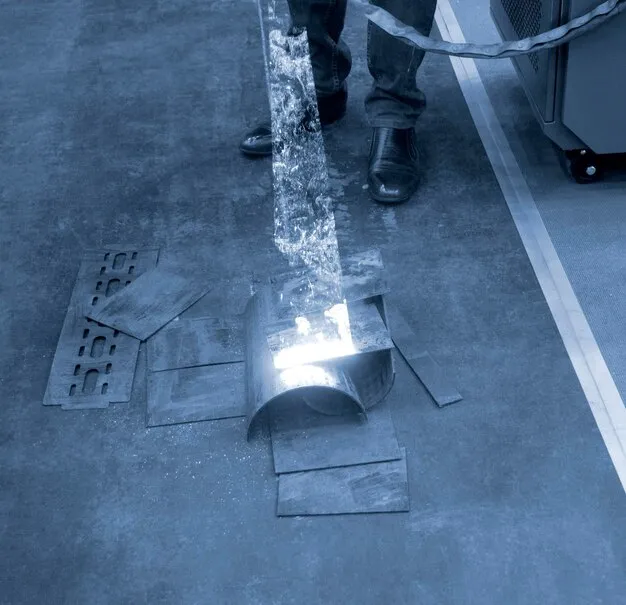Understanding Diecast Metal and Its Needs
Diecast metal models are prized possessions for collectors and enthusiasts alike. These miniature replicas, often of cars, airplanes, and other vehicles, are crafted with remarkable detail, making them valuable and cherished items. However, their intricate designs and the materials used in their construction require specific care to maintain their beauty and value. Understanding the composition of diecast metal and why it needs special attention is the first step in effective cleaning. This metal alloy is susceptible to various forms of degradation, from dust and grime to oxidation and even minor impacts, all of which can mar its appearance. Proper cleaning is not just about aesthetics it’s about preservation.
What is Diecast Metal
Diecast metal typically refers to an alloy, often zinc-based, that is used to create detailed miniature models. This process involves injecting molten metal under high pressure into a mold. The metal alloy is chosen for its ability to capture intricate details and maintain structural integrity. Other common metals used or added to the alloy can include aluminum, tin, copper, and magnesium. The composition of the metal can vary depending on the manufacturer and the specific model. Understanding the basic composition of diecast metal can help you select the most appropriate cleaning methods to avoid damaging the surface. This understanding helps prevent potential issues during the cleaning process. (Image: diecast-metal-types.webp)
Why Proper Cleaning Matters
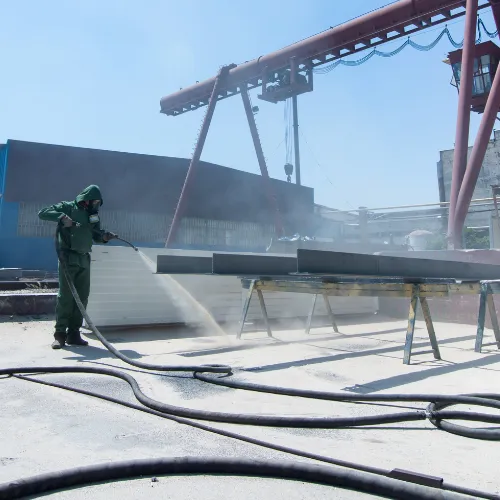
Over time, diecast metal models accumulate dust, dirt, and potentially harmful substances. These contaminants can corrode the metal, damage paintwork, and diminish the model’s overall appearance and value. Additionally, exposure to certain environmental conditions, such as humidity and sunlight, can accelerate the degradation process. Regular and proper cleaning helps to remove these contaminants, protect the paint, and prevent corrosion, ensuring that your models remain in pristine condition for years to come. By adopting good cleaning practices, you’re not just maintaining the aesthetic appeal of your collection, you are actively preserving its value. Improper cleaning can lead to scratches, discoloration, and even structural damage, which significantly reduces the value of the model (Image: diecast-metal-damage.webp).
Top 5 Quick Tips for Cleaning Diecast Metal
Tip 1 Gentle Soap and Water
The most fundamental approach to cleaning diecast metal is using gentle soap and water. Harsh chemicals and abrasive materials can damage the paint and the metal itself. This method is suitable for removing general dirt and dust. This approach ensures that your models are cleaned thoroughly without causing damage. Use a mild soap designed for delicate surfaces, such as dish soap. Avoid soaps with strong fragrances or additives. The objective is to use a cleaning agent that is effective but won’t strip the paint or react with the metal.
Materials You’ll Need

- Mild dish soap
- Clean water
- Two soft microfiber cloths
- Small bowl
Step-by-Step Instructions
- Mix a small amount of soap with water in a bowl.
- Dip one microfiber cloth into the soapy water and wring it out until it is damp.
- Gently wipe the surface of the diecast model, removing dirt and dust.
- Use a clean, dry microfiber cloth to wipe away any remaining moisture. Ensure you dry the surface completely to prevent water spots. (Image: gentle-soap.webp)
Tip 2 Using a Soft Brush
For models with intricate details and hard-to-reach areas, a soft brush can be an invaluable tool. A soft brush allows you to gently dislodge dust and debris from crevices and tight spaces that cloths cannot reach. When used with proper technique, the brush helps to remove contaminants without scratching the paint. A soft brush ensures a thorough clean while preserving the integrity of the model. The goal is to remove dirt without causing any abrasions.
Choosing the Right Brush
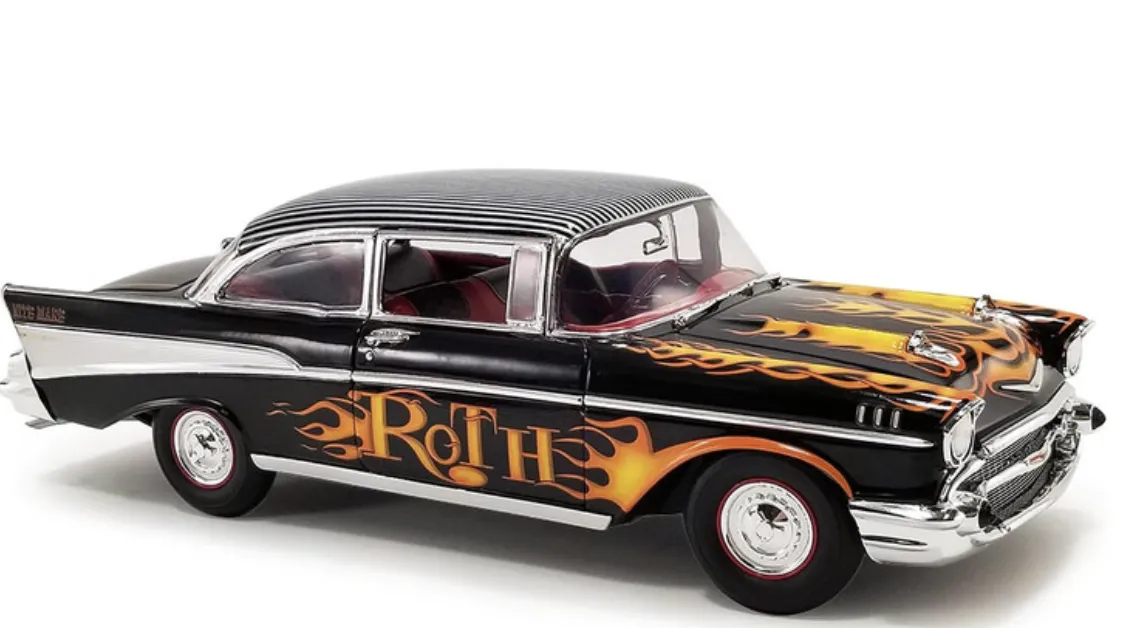
- Choose a brush with soft bristles to avoid scratching the surface.
- Opt for a brush with synthetic bristles, as they are less likely to damage the paint.
- A small brush with a pointed tip can be helpful for cleaning tight spaces. (Image: soft-brush.webp)
Techniques for Gentle Scrubbing
- Dip the brush in the soapy water solution.
- Gently scrub the surface of the model, using light pressure.
- Pay close attention to areas with intricate details or hard-to-reach spots.
- Rinse the brush frequently and dry the model with a microfiber cloth after cleaning.
Tip 3 Removing Stubborn Dirt
For stubborn dirt and grime, isopropyl alcohol can be used. This is a strong solvent that is effective at removing contaminants that soap and water may not be able to handle. However, it is crucial to use it with caution, as it can potentially damage the paint or finish if not used properly. When used in moderation and with care, isopropyl alcohol can be a powerful tool in your cleaning arsenal.
The Role of Isopropyl Alcohol

- Isopropyl alcohol is a solvent that can dissolve dirt, grease, and other stubborn substances.
- It evaporates quickly, minimizing the risk of water spots.
- It is generally safe for most diecast metal models when used carefully.
How to Apply and Rinse
- Apply a small amount of isopropyl alcohol to a microfiber cloth.
- Gently wipe the affected area, avoiding excessive pressure.
- Immediately wipe the area with a clean, damp microfiber cloth to remove any residue.
- Dry the area thoroughly with a dry microfiber cloth. (Image: isopropyl-alcohol.webp)
Tip 4 Polishing for Shine
Polishing can restore the shine and luster of diecast metal models, particularly if they have become dull over time. Polishing removes oxidation and minor imperfections, revealing the underlying shine. The process involves applying a polishing compound and then buffing it off. This helps to rejuvenate the appearance of your models, making them look as good as new.
Types of Polishing Compounds
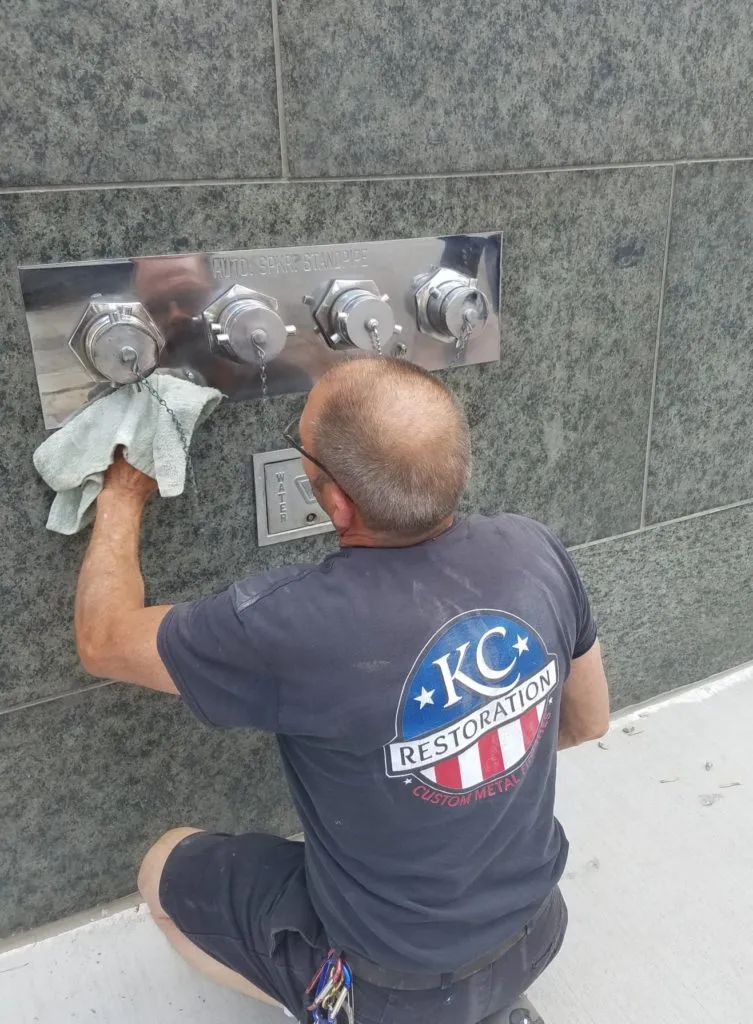
- Choose a polishing compound specifically designed for metal or diecast models.
- Avoid abrasive compounds that could scratch the surface.
- Consider using a metal polish that is safe for painted surfaces (Image: polishing-compound.webp).
Polishing Techniques
- Apply a small amount of polish to a soft microfiber cloth.
- Gently rub the polish onto the surface of the model, using a circular motion.
- Allow the polish to dry slightly, following the manufacturer’s instructions.
- Buff the surface with a clean, dry microfiber cloth until the shine is restored.
Tip 5 Drying and Protecting
Proper drying and protection are critical steps in the cleaning process. After cleaning, moisture can lead to rust or water spots, and the metal is vulnerable to environmental factors. By completely drying the model and applying a protective sealant, you can ensure its longevity and maintain its pristine condition. Protecting the model prevents premature degradation and preserves its value.
Drying Methods to Avoid
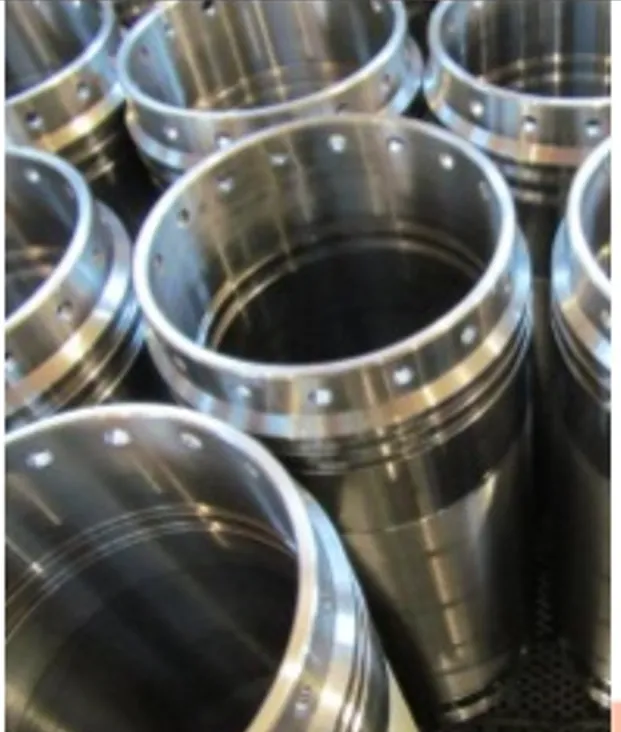
- Avoid air drying, as it can leave water spots.
- Do not use abrasive materials, like paper towels, that can scratch the surface.
- Refrain from using heat sources, which can damage the paint and the metal itself.
Applying a Protective Sealant
- Consider applying a protective sealant designed for metal models after cleaning.
- The sealant creates a barrier against moisture, dust, and UV light.
- Follow the manufacturer’s instructions for application (Image: protective-sealant.webp).
Maintaining Your Diecast Metal
Regular maintenance is essential to keep your diecast metal models in top condition. This involves consistent cleaning, careful handling, and proper storage. By establishing a routine, you can prevent the accumulation of dirt and damage. This reduces the need for extensive cleaning later. Consistent care ensures that your models remain in pristine condition and retain their value.
Regular Cleaning Schedule
- Clean your diecast models at least once a month or more frequently if they are exposed to dust or grime.
- Inspect your models regularly for signs of damage, such as scratches or oxidation.
- Address any issues promptly to prevent further deterioration.
Storage Tips
- Store your diecast models in a cool, dry place, away from direct sunlight.
- Consider using display cases or cabinets to protect them from dust and damage.
- Avoid storing models in areas with extreme temperature fluctuations or high humidity.
Common Mistakes to Avoid
Preventing damage is as important as cleaning. Several mistakes can lead to damage and should be avoided. Being aware of these pitfalls will help you maintain your diecast models in excellent condition, protecting your investment. Avoid using harsh chemicals, abrasive cleaners, and rough materials. Always handle your models with care to prevent scratches. Avoid exposure to extreme temperatures and sunlight. By learning from these common mistakes, you can ensure the longevity and beauty of your diecast metal models.
